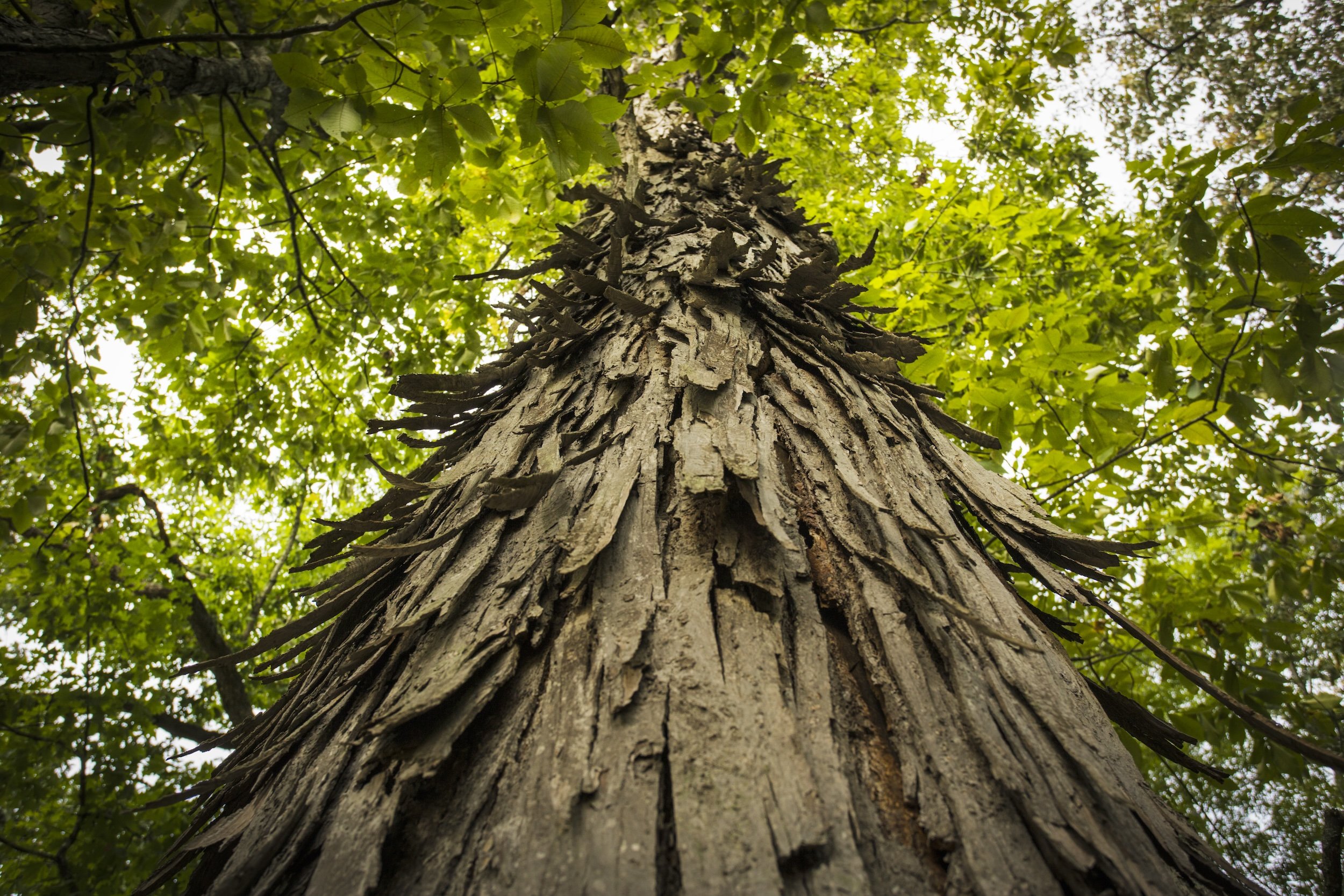
Why Old-Growth Forests?
The preservation of unique and beautiful tracts of land as National Parks is often called “America’s best idea.” Present generations are profoundly grateful for the foresight and effort that went into setting aside the parks that we enjoy today. Yet today, less than 5% of Western and only a fraction of 1% of Eastern original forests, on average, remain standing. It is thus our turn to do what we can for those who will come after us and save the remnant old-growth (or future old-growth) forests across the country.
Only a few remnant
old-growth forests exist in
the U.S.
Under 5% remain in the West,
and less than 1% in the East
Old-Growth Forest Status
When we look at a forest, very little appears to change from year to year, but change is happening slowly. Forests, like humans, can be classified as young, mature or old. Because of past disturbances, old forests are the rarest. Sometimes the disturbance has come in the form of a tornado, an insect, or an intense fire; but most often the disturbance has been from logging. The amount of old-growth forest has declined every year since European settlement on this continent. As a result, old-growth forests have important ecological and cultural attributes that are not being fulfilled as they should be. We need a clear vision and a strong resolve to reverse the decline. If we are able to accomplish this we will be the first generation to have done so.
Cultural Role of Old-Growth Forests
Many children growing up today have no idea of what the natural appearance of the land surrounding them would be if it were undisturbed. What species of trees would grow? What animals would live there? We speak of “nature-deficit disorder” but how is it to be remedied if there are no places to show these children, but only stories in a book about what their town “used to” look like and the animals that “used to” live there?
There are health benefits and psychological benefits to be gained from forests too (although these have not been specifically tied, yet, to the age of the forests). Perhaps the most recognized, but least studied, attribute of older forests is their beauty. This element of beauty brings a mixture of joy and respect to almost everyone who experiences an old-growth forest. Many forest lovers drive or fly hundreds of miles each year to reach an old-growth forest.
The National Parks began as places for human recreation and spiritual refreshment, and the ecological benefits were recognized later. In our establishment of an old-growth forest network, we acknowledge the cultural and ecological benefits as being equal from the beginning.
Ecological Role of Old-Growth Forests
All forest stages have an important ecological role to play. The old-growth stage is especially important because of its unique structure. Various canopy layers and berry-producing plants are beneficial for many bird species. In a forest that has not been disturbed for hundreds of years some trees will develop hollow cavities. These cavities become important nesting places for animals. In an undisturbed forest some large trees will die and fall, creating yet more habitat: numerous insects, fungi, reptiles and amphibians benefit from the fallen trees. The moisture retained within an old-growth forests benefits lichen and mosses, and the species that live among the mosses and lichens. Old-growth forests are one of the few land uses where topsoil is created instead of destroyed. More carbon and nitrogen is retained in an old-growth forest than in forests of other age classes. For improving water quality and air quality there is nothing better than an old-growth forest.
Find more information and get involved with the Old-Growth Forest Network by choosing an option:

